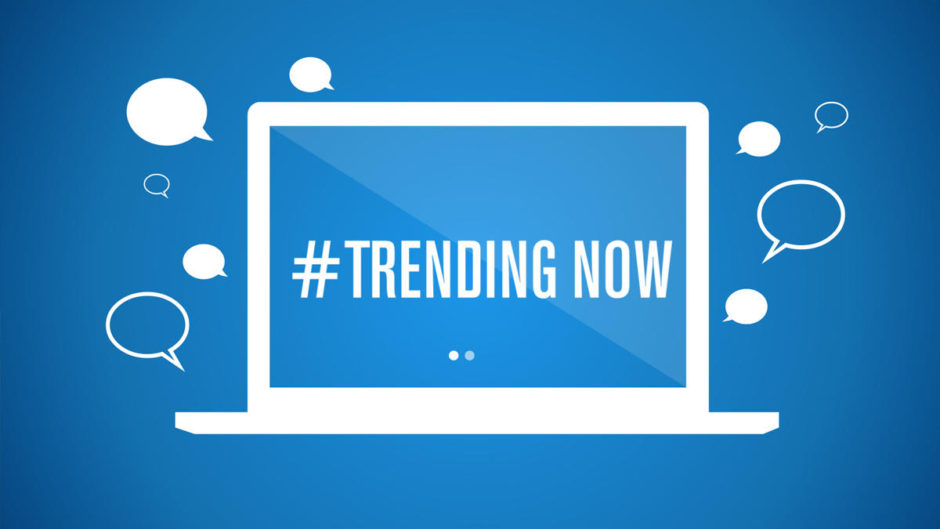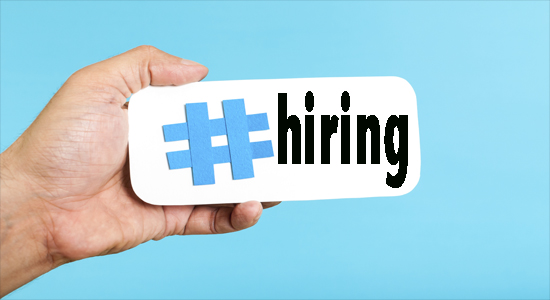Managing messages through strategic planning
Juggling one brand’s social media presence across multiple platforms can seem daunting. Trying to manage three to four may seem impossible.
So how do PR firms do it? Content calendars.
These allow social media managers to prepare their posts before hand and view it across a larger time span.
Why they are a must
Content calendars help social media planners plan out their messaging over weeks, months and even the full year. This is important because to be strategic in messaging, there has to be a game plan.
According to CoSchedule, “Certainly, you aren’t going to plan every single piece of social media content you’ll produce right away. However, you can plan out your campaigns and seasonal messaging ahead of time. This will help you create content strategically and with a purpose by thinking things through in advance instead of just winging it as you go along.”
![]() Another important aspect of content calendars is that it frees up managers time to create engaging content. Many social media managers are also expected to blog, gather photographs or plan videos.
Another important aspect of content calendars is that it frees up managers time to create engaging content. Many social media managers are also expected to blog, gather photographs or plan videos.
The free time found when content is pre-schedule results in better quality messaging and higher quantity of creative messages.
Things to consider when planning
Once you decide to use a content calendar, it is important to know how to use it effectively.
Social media audits allow managers to gain insight into their following and engagement on all social platforms. This research is the base for how managers craft messages and plan their campaign.
Sprout Social lays out four steps to creating a social media calendar.
- Figure out what content resonates -“Before you start searching for content to share on social you need to figure out what your audience actually likes.”
- Decide on how often to post -“Always keep your audience in mind and ensure you’re not bombarding them with posts that are irrelevant or inappropriate.”
- Create or source create content to share – “Once you have an idea of what kind of content your audience enjoys and how much you’ll need to satiate the quantity of posts you need to create, it’s time to find links to share.”
- Fill up your social media editorial calendar -“You’ve got the process in place, now it is time to start filling up your editorial calendar. You’ll want to use a tool that allows you to schedule or social messages and visual your entire content calendar.”
Content Calendar Resources
Great resources for content calendars includes Hootsuite and Sprout Social.

















